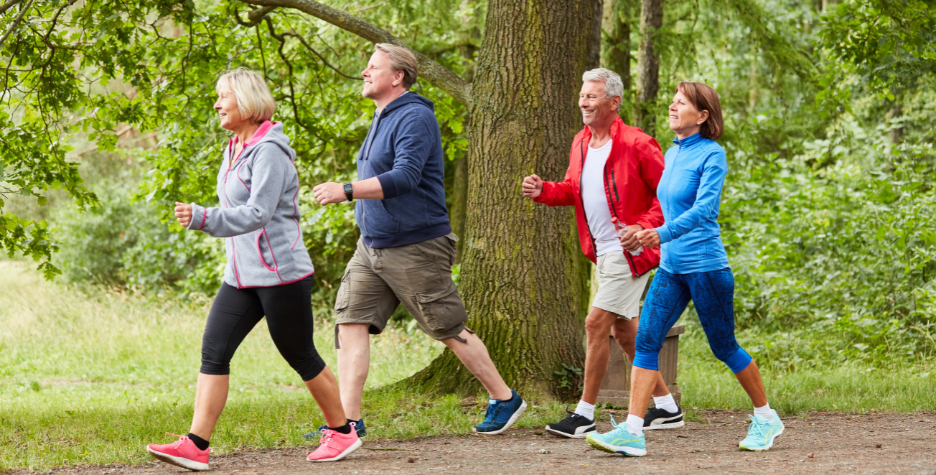|
By: Dr. Beth Templin Knee pain, stiffness, and weakness are some of the most common complaints of "old age". Why is that? The knee is the largest joint in the body and bears much of our weight during daily activities. If the knee joint loses its flexibility, becomes weak, or is out of alignment, it leads to pain, swelling, and loss of function. Typically when people begin to have knee problems, it presents as difficulty or pain with the following activities: rising from a chair, walking, stairs, kneeling, and getting up and down from the floor. To better understand what you can do to keep your knees healthy, let's first take a closer look at what makes up the knee joint.
The knee is composed of two joints. The first is between your thigh bone and lower leg, the tibiofemoral joint. The second is between the knee cap and the thigh bone, the patellofemoral joint. Pain can be caused in either or both of these areas, so both need to be looked at when considering joint health. People who are having tibiofemoral pain may have altered alignment of the joint. When you are "knock-kneed" your knees touch even though your feet are apart from each other. When this happens it creates increased pressure on the outside of the knee, which can lead to pain. Another common alignment issue is being "bow-legged". This is when your knees stay far apart from each other even when your feet are touching. This places increased stress on the inside of the knee. Both of these issues can usually be helped with the addition of good arch support and proper footwear for your feet. Other people have a "flexed" knee posture, meaning that the knees no longer fully straighten. This creates excessive pressure and can cause pain. A good treatment plan for this alignment is stretching the knee and strengthening the muscles. People who have patellofemoral pain often experience pain after sitting for a long time. This is because the kneecap isn't gliding smoothly over the grooves in the thigh bone. We generally think about two muscle groups that control the knee. The quadriceps, which are located on the front of your thigh. This muscle group is responsible for straightening your knee. We also have the hamstrings on the back of the thigh, which are responsible for bending the knee. If these muscles become weak, you will have difficulty generating enough strength in your legs to perform day-to-day tasks. Weakness in the muscles in the front of the thigh can even lead to your knees buckling or giving way. To maintain healthy knees as you age, you need to participate in regular stretching and strengthening activities. This will help keep your knees flexible and strong. You also need to perform weight-bearing activities to build and maintain strong bones. Having proper footwear and arch support will also help maintain alignment and decrease stress on the joint. ❤ Dr. Beth Comments are closed.
|
AUTHORDr. Beth helps adults 55+ maximize their independence and fitness, so they can continue to enjoy a full and active life. Archives
July 2024
Categories
All
|



 RSS Feed
RSS Feed
